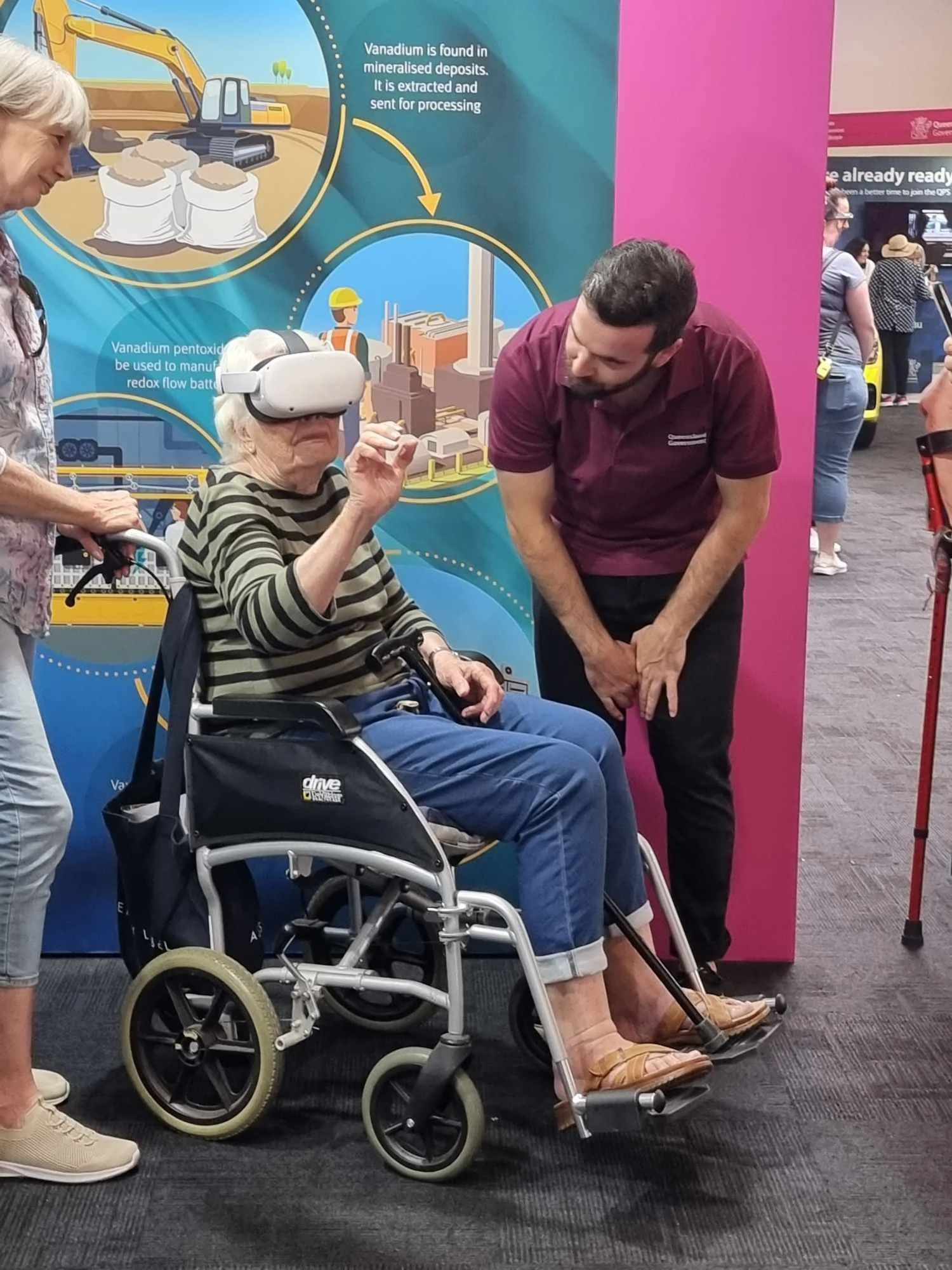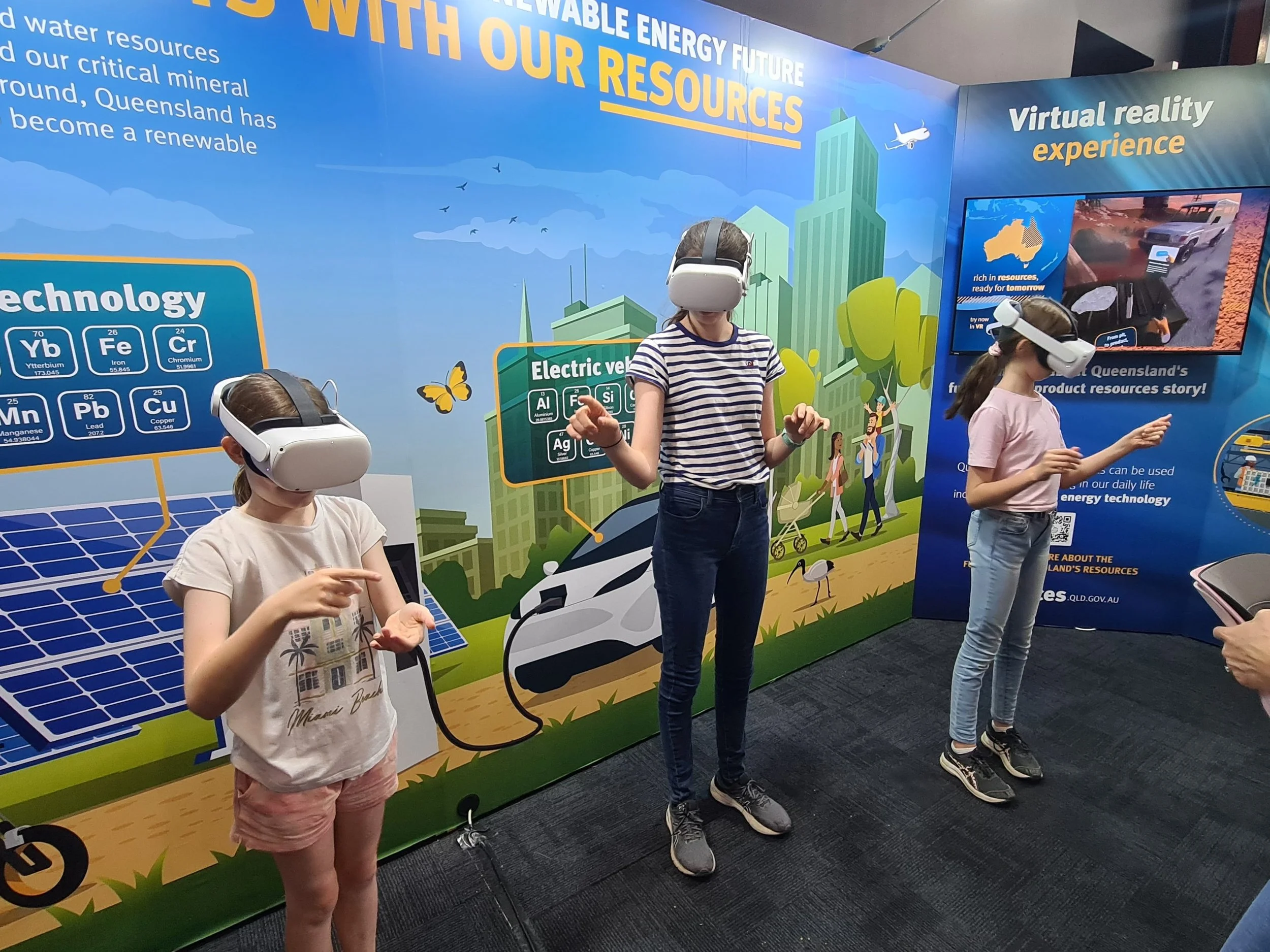Critical insights
Through deploying dozens of virtual and augmented reality experiences to thousands of users, we’ve uncovered several key insights that consistently improve user outcomes. These findings now inform the foundation of every experience we design.
Privacy enables psychological safety
A head-mounted display creates a uniquely private space for the user—isolated from bystanders and external judgement. This solitude enhances psychological safety and allows learners to proceed at their own pace without social pressure or distraction. It’s especially powerful in training scenarios where confidence-building is critical.
Immersion promotes focus
Once inside a headset, users are no longer subject to the ambient distractions of their physical environment. Colleagues walking past, mobile phone notifications, or ambient noise all fade away. This enforced focus leads to deeper engagement, better memory retention, and faster task completion.
Hand-tracking drives accessibility and speed
Designing experiences around hand-tracking first—rather than relying on controllers—removes a major barrier to entry. Users instinctively know how to use their hands, so they onboard faster, with less explanation or training. This intuitive interaction model leads to smoother adoption and a more natural user experience from the very first moments. This is especially important during public events or trade-shows where throughput is high.
Volumetric over flat-VR
While 360° video has its place, truly interactive 3D environments provide far greater value. Volumetric experiences allow users to move through space, inspect objects from all angles, and influence outcomes through their actions. This active participation leads to better comprehension, stronger memory encoding, and a deeper sense of presence—transforming passive viewing into immersive doing.
Ready to explore what VR can do for you?
Whether you're curious about using immersive tech for training, showcasing, or storytelling, the best way to understand VR’s potential is to experience it. Get in touch to explore what’s possible.
Get in touch.
Contact us directly or use the form to leave a message.
hello@composit.design
(+61) 0421 173 837
Composit is Australian-owned.




